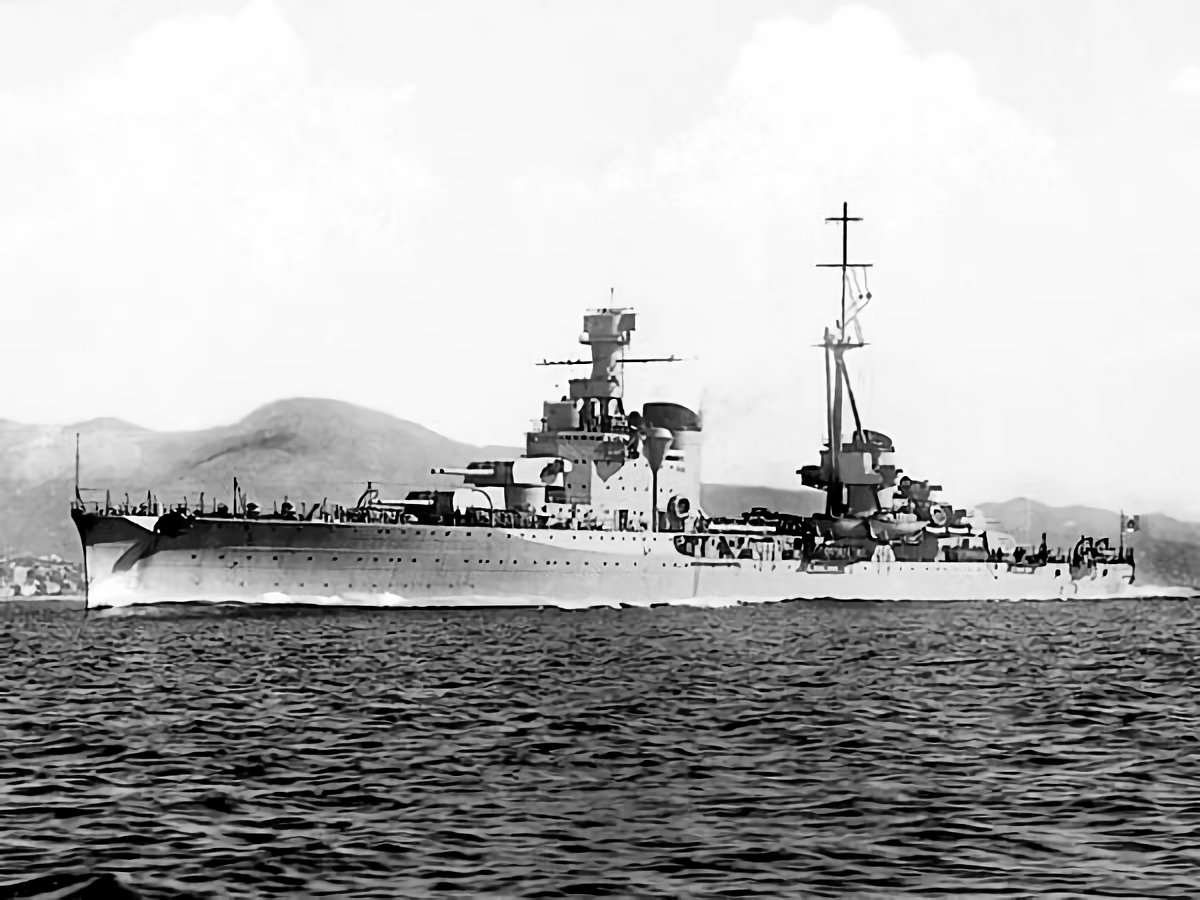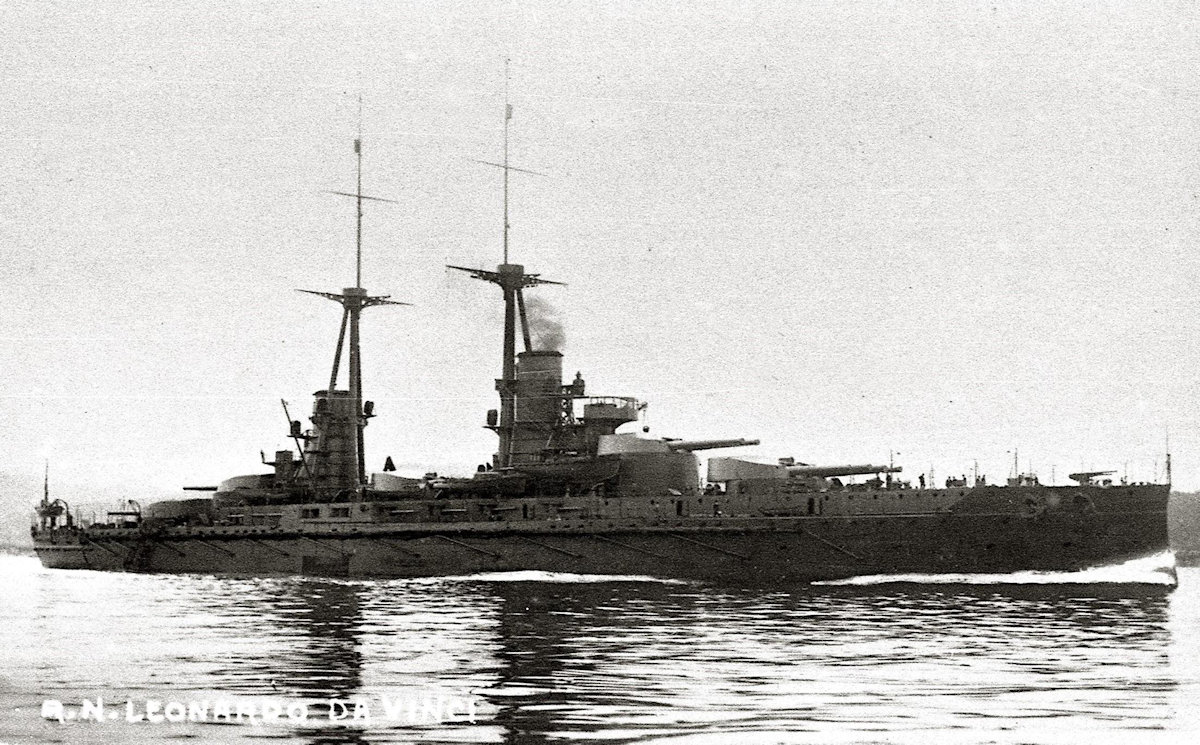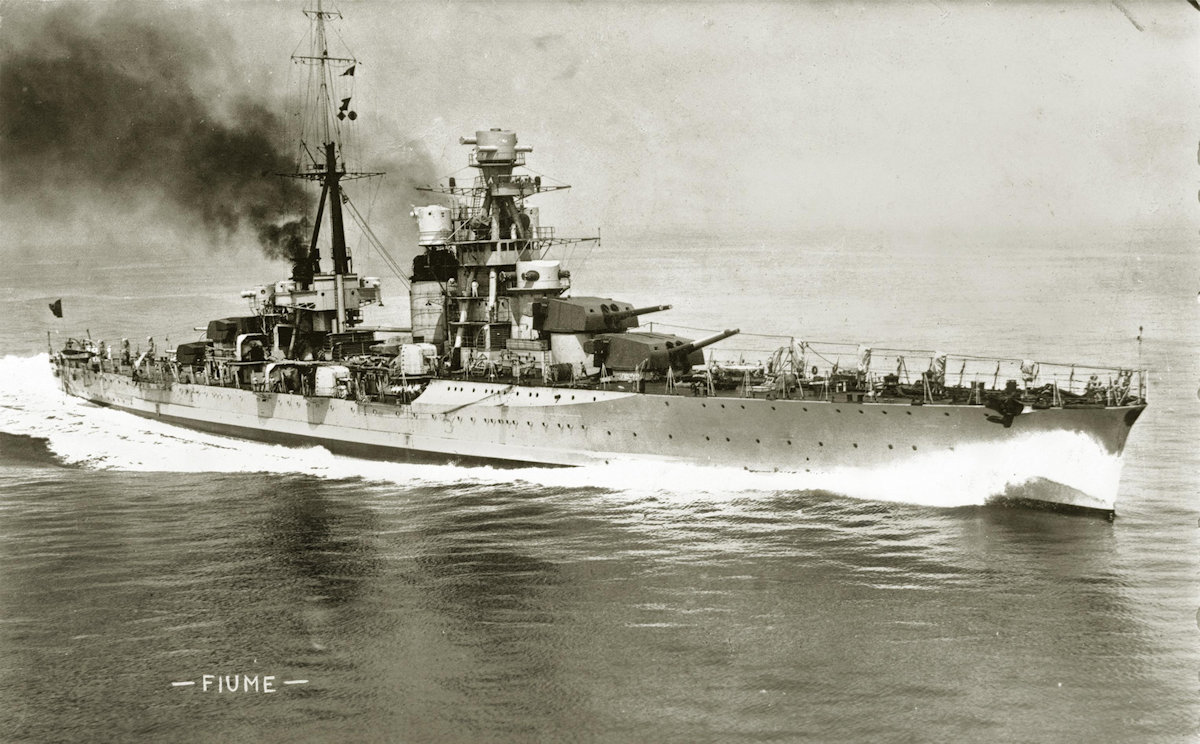Tag: warship
-
Italian Heavy Cruiser Bolzano

Italian Heavy Cruiser Bolzano Bolzano was a heavy cruiser of the Italian Regia Marina. Based on the Trento-class and sometimes considered part of that class, Bolzano was launched on 31 August 1932 and commissioned on 19 August 1933. Not long after Italy’s entry into World War Two, Bolzano took part in the Battle of Calabria… Read more
-
Italian Battleship Leonardo Da Vinci

Italian Battleship Leonardo Da Vinci The third of the Conte di Cavour-class battleships, Leonardo da Vinci was launched on14 October 1911 and commissioned into the Italian Regia Marina on 17 May 1914. She saw no action during the First World War and was sunk by internal explosion on 2 August 1916. Italy blamed the loss… Read more
-
Italian Heavy Cruiser Fiume

Italian Heavy Cruiser Fiume Fiume was the second of the Zara-class heavy cruisers built for the Italian Regia Marina (along with her sisters Zara, Pola and Gorizia). She was launched on 27 April 1930 and commissioned on 23 November 1931. During the Second World War, Fiume was engaged with convoy escort and intercepting British convoys.… Read more